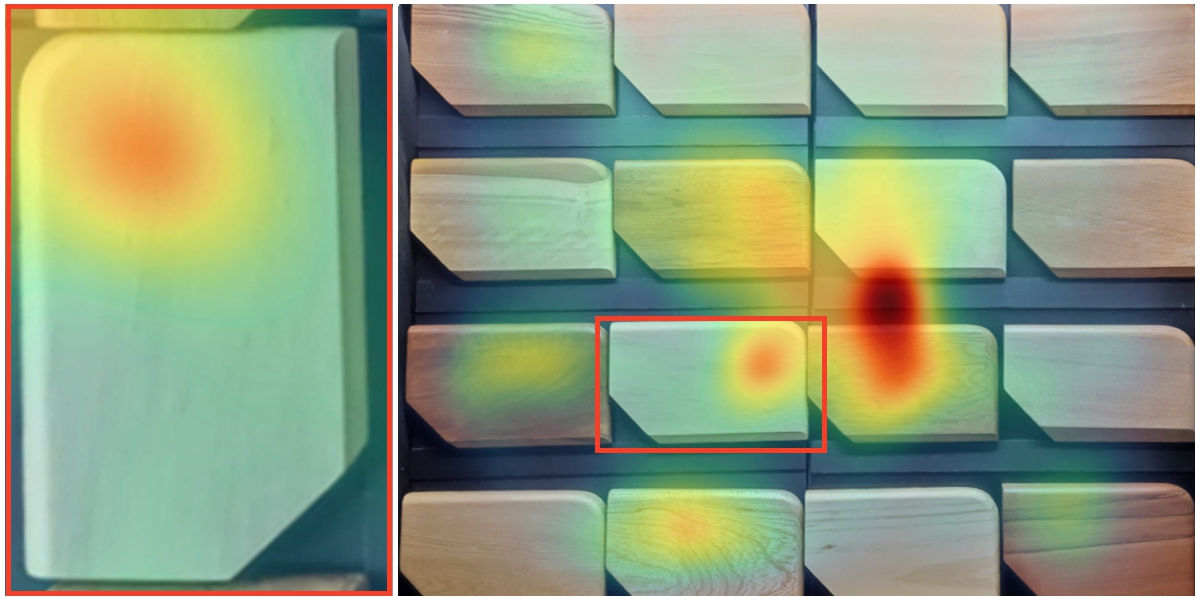General data *
- Common/commercial name: Tepa
- Native name: Wawán, Laurela, Vauván
- Scientific name: Laureliopsis philipiana
- Foreign name: Laurelia
- Family: Monimiaceae
- Location: Central Zone, South Zone

Laureliopsis philipiana


Evergreen tree up to 40 meters high and trunk about 2 meters in diameter. The bark is thin, light gray. The leaves are hard, aromatic and have a serrated edge. It has no conservation problems being the dominant species in the laurifolia and evergreen forests between Valdivia and Aysén, present in the national parks Puyehue, Vicente Pérez Rosales, Alerce Andino, Chiloé, Queulat and Laguna San Rafael.
Wood with heartwood and sapwood without great differences in color, pale gray to greenish-yellowish, of good quality, but often attacked by a fungus that makes it give off an unpleasant odor. Chiloé folk culture says that if you dream of a tepa collapsing, single women will find a husband. It is also customary to hit fishermen with tepa twigs before setting sail, in order to bring them good luck.




This kind of graph defines, by means of a list of ten pairs of opposite concepts, how people perceive, and therefore, how they describe a specific wood, in this case from the sensory level, i.e., using the five human senses. It also allows a quick visual comparison with the results of the other woods under study.
Emotions can be organized into a circumplex by their intensity and positivity or negativity (review literature sources section for more detail). This allows a better understanding of affective experience. The most frequent coincidences (3 or more mentions) in the emotions reported by people with respect to each species are shown. The name and number of mentions each emotion had can be seen by positioning the cursor over each circle.
This graph shows the total number of emotions that people reported experiencing when interacting with each wood species, and the percentages of positive and negative emotions out of that total.
This graph defines, by means of ten pairs of opposing concepts, how people perceive each wood, in this case interpretively, i.e., according to the meanings and associations they attach to each species. It also allows a quick visual comparison with the results of the other woods under study.
Materials possess meanings that are related to our previous experience, culture, background, etc. People freely associated the different woods with words that arose spontaneously to them. The words that were repeated most frequently (3 or more mentions) and the number of times they appeared are presented.
Using specialized eyetracking software and equipment, we defined how long people fixated their gaze on a specific point. The graph shows how many seconds, in total, each species was observed by showing them all together (for 45 seconds) to a total of 100 people (one person at a time). The positions of the woods were changed during the process to avoid significantly influencing them.

Using the same eye-tracking tools, "heat maps" are created, which clearly show those species on which people tend to fixate their gaze the most (500 milliseconds or more looking at the same point) and how those fixations are distributed among all of them. The areas where the gaze of the 100 people (one at a time) fixated the most (though not necessarily the longest) while looking at all the woods for 45 seconds are highlighted in warmer colors.
The specialized software Imotions and its facial gesture reading module were used. Using an HD camera the software can capture people's micro-expressions while interacting with wood and translate them into these seven predefined emotions. The graph presents the average in which people showed these emotions when exploring the species with all their senses for thirty seconds.
Emotions are brief, variable events. Imotions software was used to capture changes in people's microexpressions during the time they first interacted with samples of each wood (thirty seconds) and report variations in the emotions they experienced.
Based on people's preferences about the options presented, the uses and applications that were most frequently associated with each species from experience and perception were defined, in contrast to what was suggested from technical aspects and specialized literature, which is shown at the beginning of each species card.
Based on the options presented, the finishes and production processes that people suggest most frequently for each species from their experience and perception were defined, in contrast to what was established from technical parameters, defined at the beginning of each species sheet.
García, N. & Ormazábal, C. (2008) Arboles Nativos de Chile [Native trees from Chile] (p.151). Enersis S.A. Santiago, Chile.
Hernández, G.. & Pinilla, J.C. (2010). Propiedades de la maderas de especies forestales nativas y exóticas de Chile [Properties of the wood of native and exotic forest species from Chile] (p.87). INFOR.
Díaz-Vaz O., J., Devlieger Sollier, F., Juacida Percaz, L., et al (1986). Maderas comerciales de Chile. Guía de reconocimiento [Commercial woods from Chile. Recognition guide] (p.56). Valdivia, Chile: CONAF : Editorial Alborada
Photographs of foliage and flowers of each species belong to www.chilebosque.cl and their use was authorized by Diego Alarcón under the academic and non-profit context of this project.
The photographs of the different woods were taken by Francisco Rojas Miranda, who was part of the project team.
The circumflex model of emotions used is based on: Scherer, K. R. (2000) Emotion. In M. Hewstone & W. Stroebe (Eds.). Introduction to Social Psychology: A European perspective (3rd. ed., pp. 151-191).